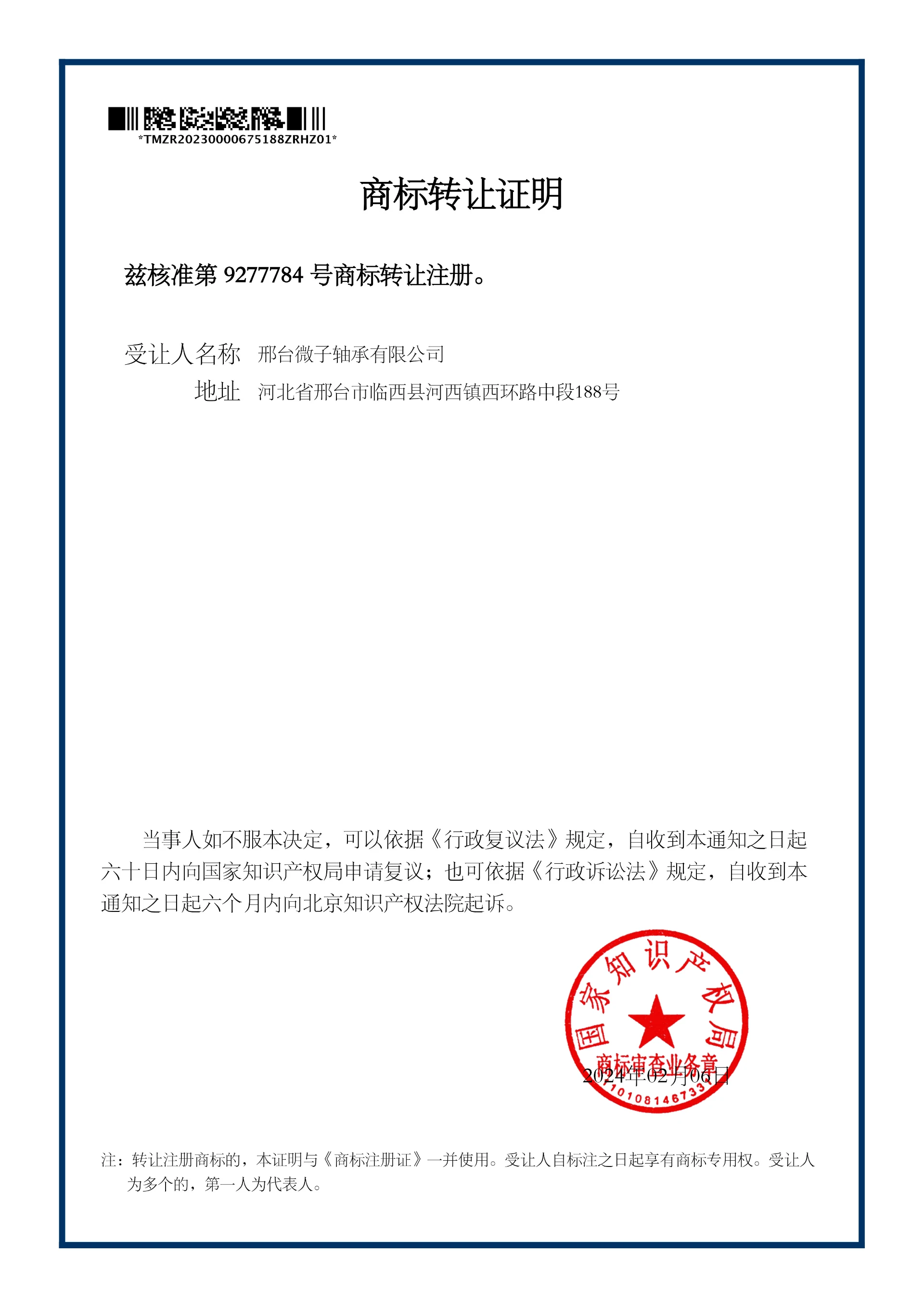
Dec . 11, 2024 01:10 Back to list
Optimizing Small Thrust Bearings for Enhanced Performance in Mechanical Systems
Small Thrust Bearings An Overview
Small thrust bearings play a crucial role in a variety of mechanical applications where axial load support is necessary. These compact components are designed to accommodate forces that act parallel to the axis of rotation, making them essential in many modern machinery and equipment. This article provides an overview of small thrust bearings, their design, applications, and advantages.
What Are Small Thrust Bearings?
Thrust bearings are specialized types of bearings that manage the axial load in machinery. Unlike radial bearings, which support loads perpendicular to the shaft, thrust bearings support loads along the axis of the rotation. Small thrust bearings are typically smaller in size and are often used in applications where space is limited, yet precision performance is required.
Design Features
Small thrust bearings come in various designs, each suited for specific applications. The most common types include
1. Ball Thrust Bearings Comprising small stainless steel balls housed between two grooved races, these bearings can easily carry heavy loads while allowing for smooth rotation. They are noted for their high speed capabilities and low friction characteristics.
2. Roller Thrust Bearings Featuring cylindrical rollers instead of balls, roller thrust bearings can support more significant loads. They are preferred in heavy machinery and applications where durability and load capacity are priorities.
3. Gizmo Thrust Bearings These are encapsulated designs that protect the bearing components from debris and contaminants. Their sealed nature ensures longer life cycles and reduced maintenance.
The materials used in manufacturing small thrust bearings can range from high-carbon steel to ceramic composites, depending on the application requirements. High-quality lubrication is essential for ensuring longevity and optimal performance by reducing friction between the moving parts.
Applications
Small thrust bearings are widely used in various industrial and commercial applications, including
- Automotive In vehicle engines, small thrust bearings help support different components like crankshafts and camshafts, where axial load management is necessary.
small thrust bearings

- Aerospace In aircraft engines and landing gear systems, thrust bearings must withstand extreme conditions and loads.
- Electric Motors Small thrust bearings are crucial in electric motors, particularly in applications where space is at a premium, such as in small appliances and power tools
.- Robotics As robots become more prevalent in manufacturing and everyday applications, small thrust bearings facilitate the movement and stability of joints and actuators.
- Power Tools Many power tools utilize small thrust bearings to ensure smooth operation and durability under intense usage conditions.
Advantages of Small Thrust Bearings
The use of small thrust bearings offers several benefits
1. Space Saving Their compact size allows for integration into tight spaces without sacrificing performance.
2. Efficiency These bearings significantly reduce friction, leading to smoother operation and lower energy consumption.
3. Load Distribution They effectively distribute axial loads and minimize wear and tear on connected components, thus prolonging their lifespan.
4. Versatility Available in various designs, materials, and configurations, small thrust bearings can be tailored to meet specific application requirements.
5. Maintenance Most modern small thrust bearings are designed for prolonged use with minimal maintenance, thanks to sealed designs and advanced materials that resist wear.
Conclusion
In summary, small thrust bearings are vital components in various mechanical systems where axial load support is required. Their specialized designs and materials cater to a multitude of applications across industries, ranging from automotive to aerospace and beyond. As technology advances, the demand for efficient and compact bearing solutions continues to grow, ensuring that small thrust bearings remain essential in achieving optimal performance across various machines and equipment. With their numerous advantages, these bearings represent a critical element in modern engineering, underscoring the importance of precision and reliability in the operation of machinery.
Latest news
-
Premium Deep Groove Ball Bearings | High Speed & Reliability
NewsAug.29,2025
-
Durable Scaffolding Clamps - Secure & Reliable Tube Connectors
NewsAug.28,2025
-
Common Failures in Thrust Ball Bearings and Solutions
NewsAug.22,2025
-
How Tapered Roller Bearings Can Take Shock Loads
NewsAug.22,2025
-
Angular Bearings in High-Precision Spindles
NewsAug.22,2025
-
The Impact of Misalignment on Cylindrical Roller Bearing Performance
NewsAug.22,2025
